The latest North Korean missile - known for this
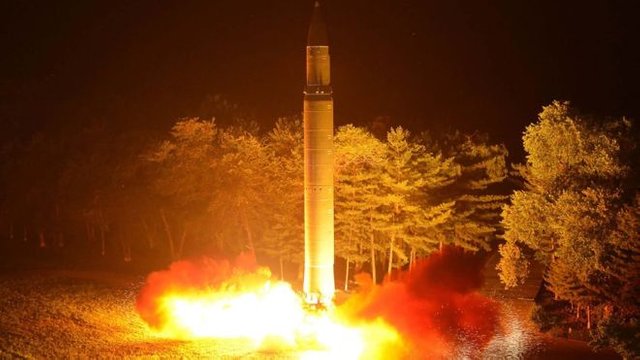
The latest missile called Hwasong-15 is an improvement from the previous one, Hwasong-14, (seen in a photo published by North Korea's official news agency KCNA.
After two months passed without missile tests, North Korea launched the highest intercontinental ballistic missile, which experts say is capable of reaching the United States and its surrounding.
The so-called Hwasong-15 missile was declared a new missile, but what is actually known about this latest missile test.
What does North Korea claim?
North Korea says the tested intercontinental or ICBM ballistic missile is the strongest so far and completes the country's 'weapons system development device'.
They claimed the rocket was fitted with a powerful 'powerful warhead' that could hit the entire United States..
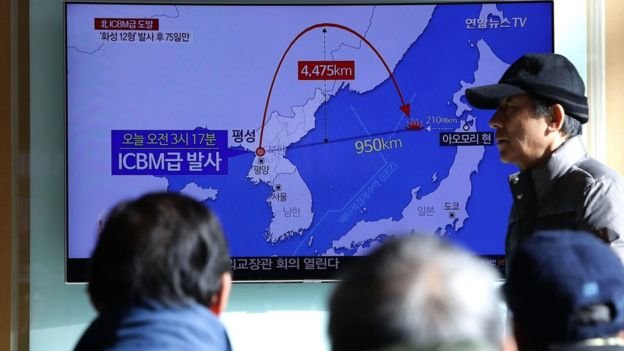
Residents in Seoul, South Korea, watched news of North Korea's latest missile launch.
Rocket altitude is said to reach the highest compared to all rockets that have been launched by North Korea.
What can experts explain from the rocket trajectory??
Last July, North Korea tested a Hwasong-14 missile that reached a height of 3,000km but there is still some doubt about its long-range power if the warhead is placed in the rocket.
Recent trials have shown serious progress although experts confirm that more details are needed to be more certain.
Pyongyang's government insists that the latest rocket reaches a height of 4.475km which means it is launching a standard and not a launch to merely reach the altitude, which could reach 13,000km
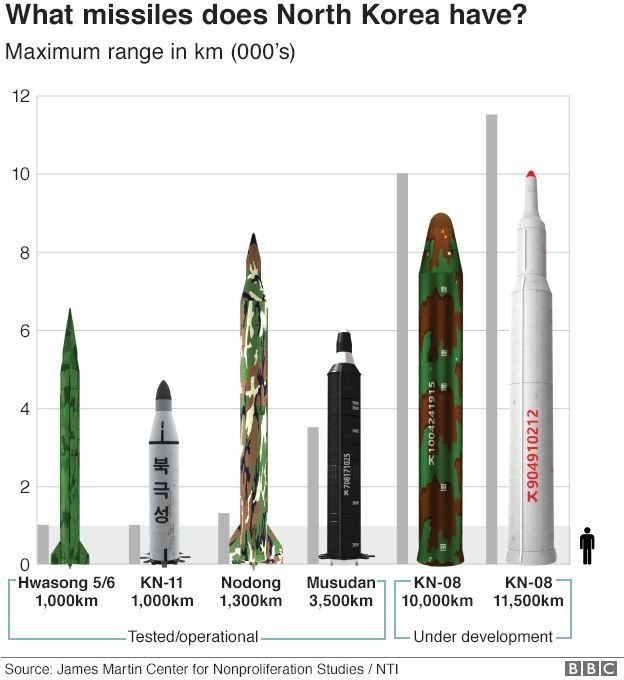
With the launch of the 4.475km height standard it is obviously capable of reaching the land of the United States, but still depends on the artificial warheads - not the real nuclear warheads - that are put in the rocket, as Vipin Narang, professor of political science at Massachusetts Institute of Technology, MIT, United States.
"There are those who doubt about the scope of the two initial trials, so they're improving it.They have expanded their reach to a point that is difficult to argue with the strongest reason that North Kora can not reach the southeastern United States with that range,"
"The only question is the weight of the warhead," David of the Union of Concerned Scientists said in his block that the rocket seems to carry a very light artificial warhead that may not be capable of carrying a nuclear warhead so far it's because nuclear warheads will be much heavier. "
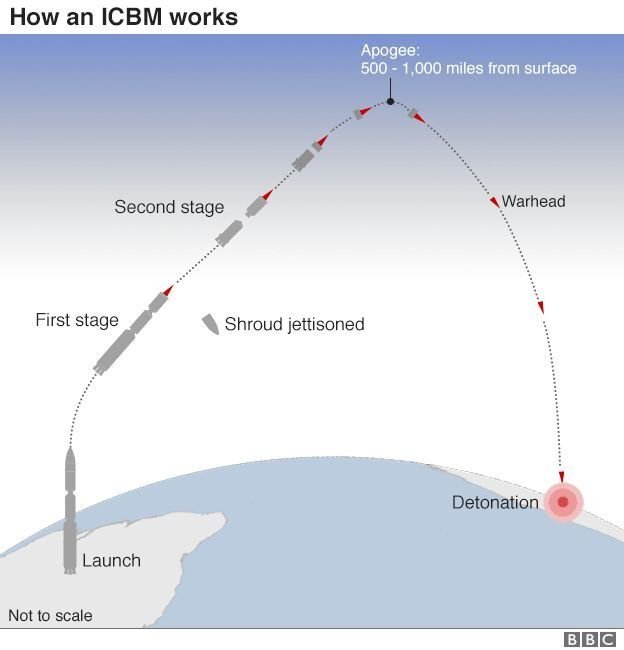
But Narang said the weight of the warhead did not really affect the range because the missiles should be capable of carrying heavy warheads because the rocket itself was heavy.
Thus, Narang added, it appears that North Korea's missile program is on the rise, running trials and anything less than previous trials, they found ways to improve it.
"Getting such short-range increases is very impressive, they've moved from 9,500km to 13,000km, a technological achievement.
Why do trials take place at night?
It is unusual that trials take place when the region has entered the darkness but there is obviously an advantage for Pyongyang to deliver the launch at night.
"It tests the ability to fire missiles behind the dark and there are undisclosed components and readiness," Narang said.
"If you're worried that the United States is trying to shoot a missile, then the night will give it a little bit of excellence, it will be a bit easier to hide and move at night."
So the missiles will be harder to resist the United States.
"At night there are several phases of the launch of warheads that do not emit sunlight, so it's harder to target," Narang added.
Not that missiles become indestructible at all but launch in the dark will slightly improve the ability to evade missile defense systems.
What is the message??
North Korea has long been eager to develop its nuclear weapons and with the ability to reach the United States mainland.
This latest release is the country's statement to the world that they believe they have achieved both goals.
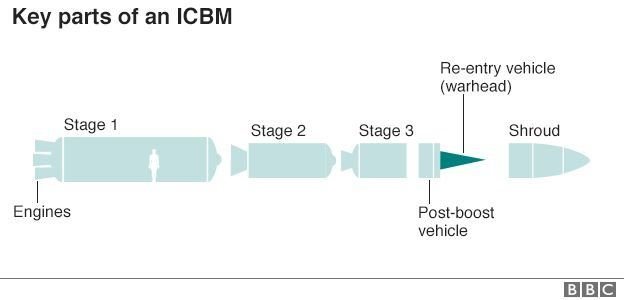
There is some doubt about Pyongyang's ability to shrink its warheads. In addition they also still have to prove technology that can bring back warheads into Earth's atmosphere.
However Narang warns in every doubt there is a strong determination to prove that doubt is wrong.
"I'm afraid that we challenge Kim Jong-un to do what is known as a juche bird test, which is a high-risk, atmospheric nuclear test."
"Those who argue war prevention as an option must make the explanation that North Korea has no ability to hit the United States with warheads."